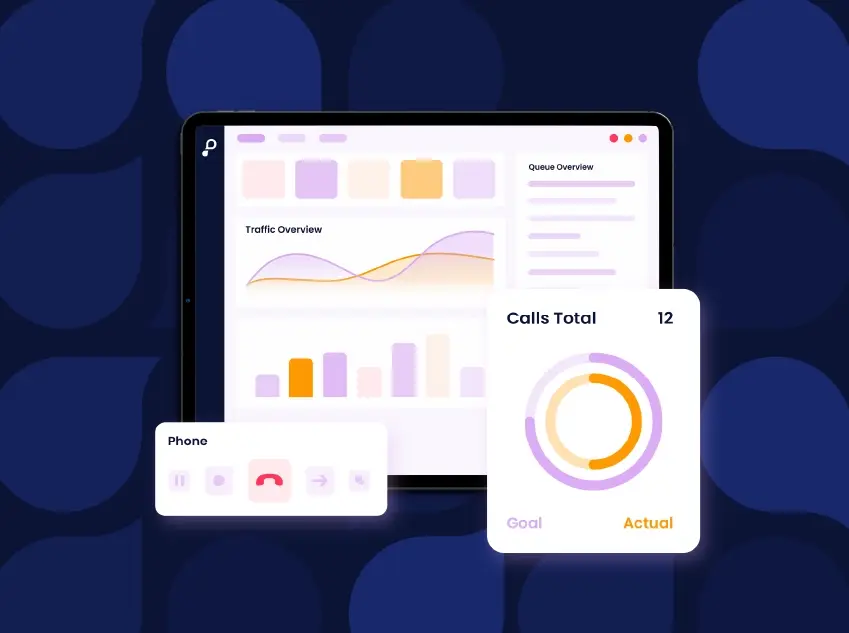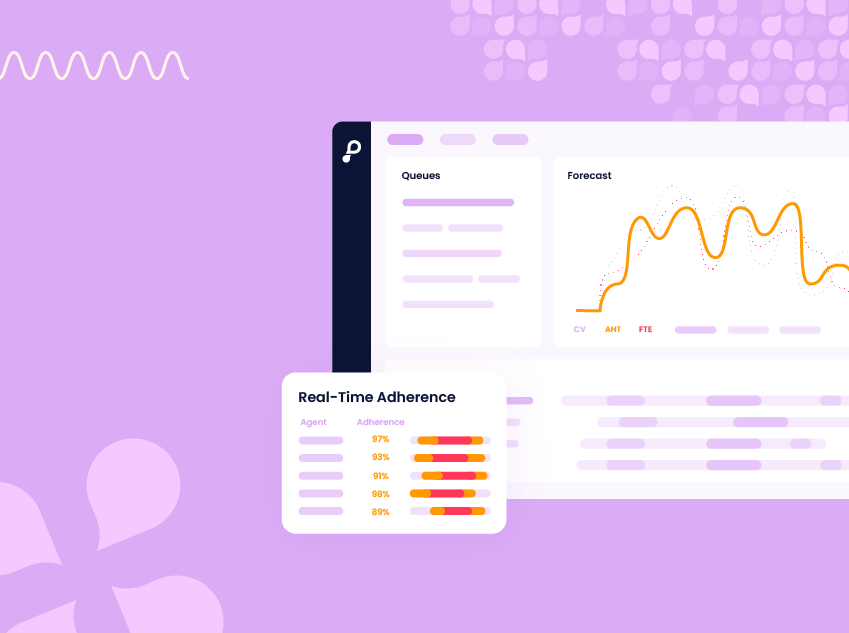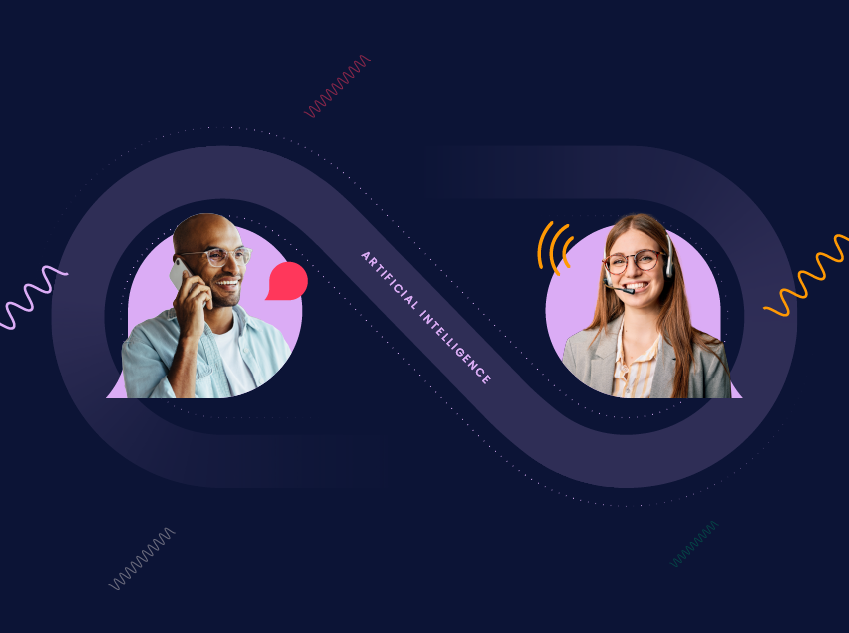Our blog.
Most popular articles.
1 min read
Introducing the new Puzzel brand: a fresh chapter in customer experiences.

By:
Gabi Warren
3 min read
Empathy in the digital age: Leveraging AI to develop empathetic customer experiences .

By:
Jeanine Desirée Lund
4 min read
Making the most of AI and chatbots to elevate the customer experience.

By:
Shaun Earey

Omnichannel Experiences
Contact Center Software: What is it and key features

Financial Services
What is the Digital Operational Resilience Act (DORA)?

Omnichannel Experiences
What is omnichannel customer service?

Customer Success
Driving operational excellence with Fortum

Agent Experience
Ensuring an empowering, engaging and effective contact centre career

Products and features
How to choose the right workforce management solution for your business

CX strategy
What is CCaaS?

CX strategy
What is a contact center?

AI and Automation
Empathy in the age of automation: How AI is bridging the distance between agents and customers

Customer Experience
What is customer experience (CX)?

Financial Services
How financial services contact centres can excel under the new Consumer Duty

Omnichannel Experiences
A tale of two contact centres: Omnichannel versus multi-channel



